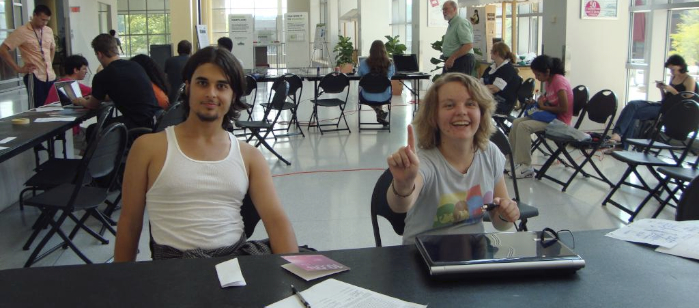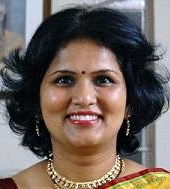
Google is sponsoring another AI Challenge Competition run by an independent group of volunteers that grew out of the Computer Science Club of the University of Waterloo. The competition opens today and invites submissions of programs designed to control ants a simulated colony in competition with other colonies.
Ants is a multi-player strategy game set on a plot of dirt with water for obstacles and food that randomly drops. Each player has one or more hills where ants will spawn. The objective is for players to seek and destroy the most enemy ant hills while defending their own hills. Players must also gather food to spawn more ants, however, if all of a player's hills are destroyed they can't spawn any more ants.
The objective is to create a computer program (a bot) that plays the game of Ants as intelligently as possible. It is recommended that you use one of the starter packages as a starting point. If you are looking to get up and running as quickly as possible, check out the Five Minute Quickstart Guide. For more details about Ants beyond this introductory document, see the Game Specification.
The site has documentation, a tutorial and starter packages for windows and Linux in a variety of programming languages. Each package contains a simple working entry to use as a starting point, tools that allow you to run your bot and watch it play graphically, sample opponents that you can test your bot against, and maps you can use for testing. Once you've developed your bot, you can enter it at the website and watch your ant colony fight for domination against colonies created by other people from around the world.
The behavior of ants is a classic example of how the local interactions among individuals in a collection can give rise to interesting emergent behavior. This concept is important in the study of complex systems and was the subject of a recent special topics course taught by Professor Marie desJardins, Computation, Complexity, and Emergence.







